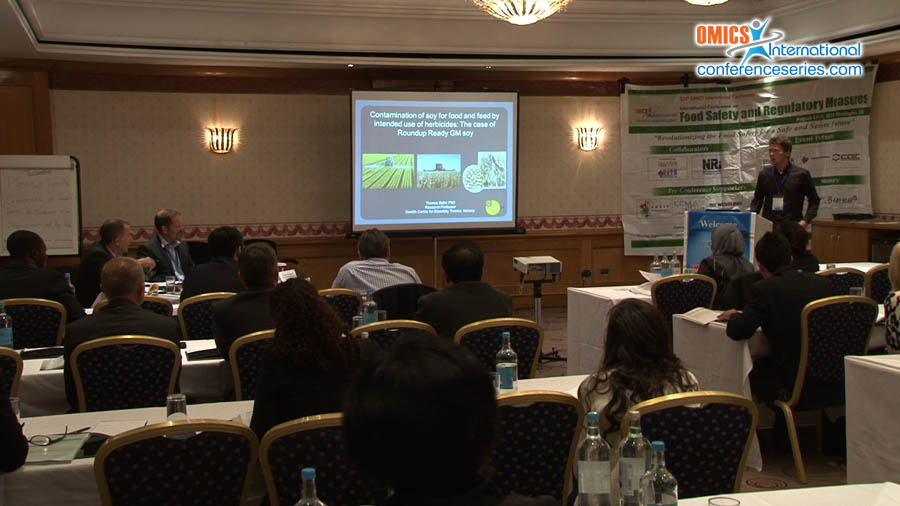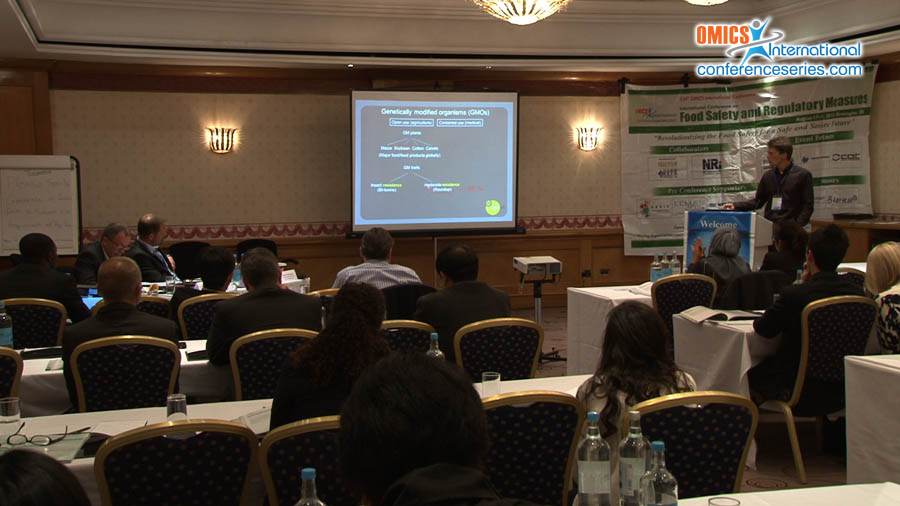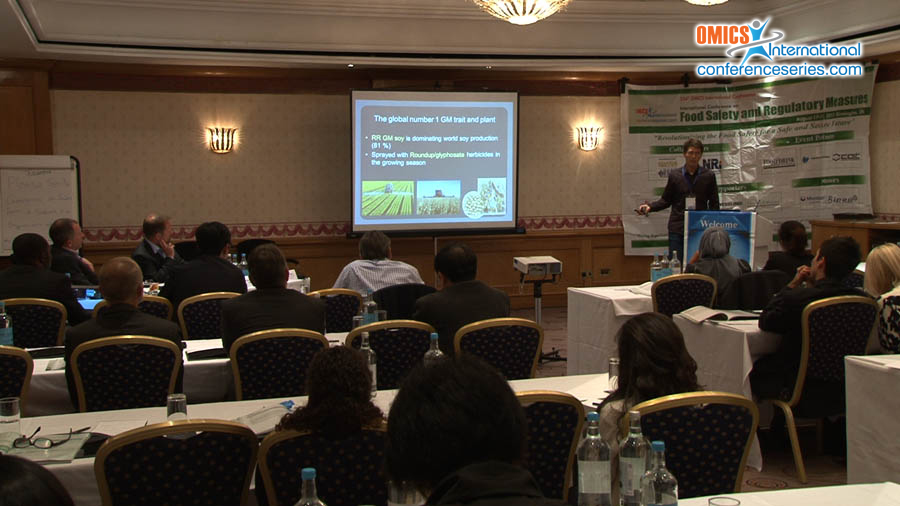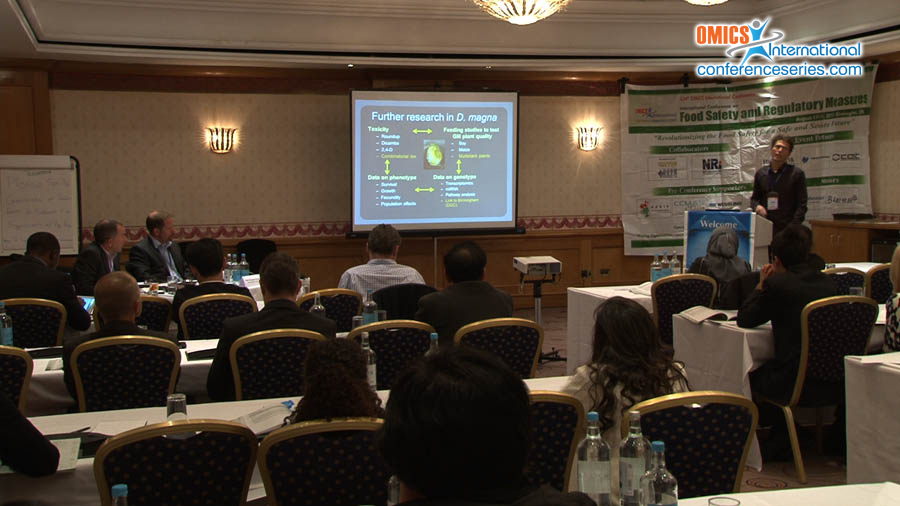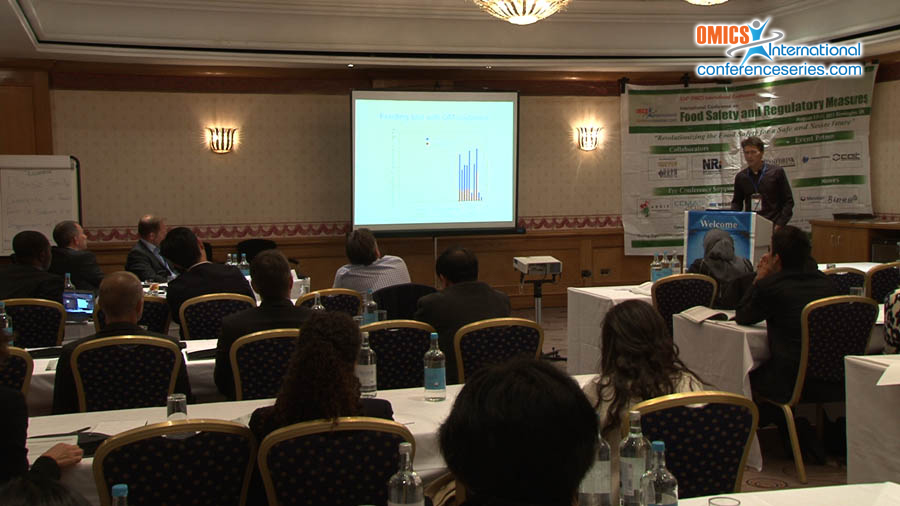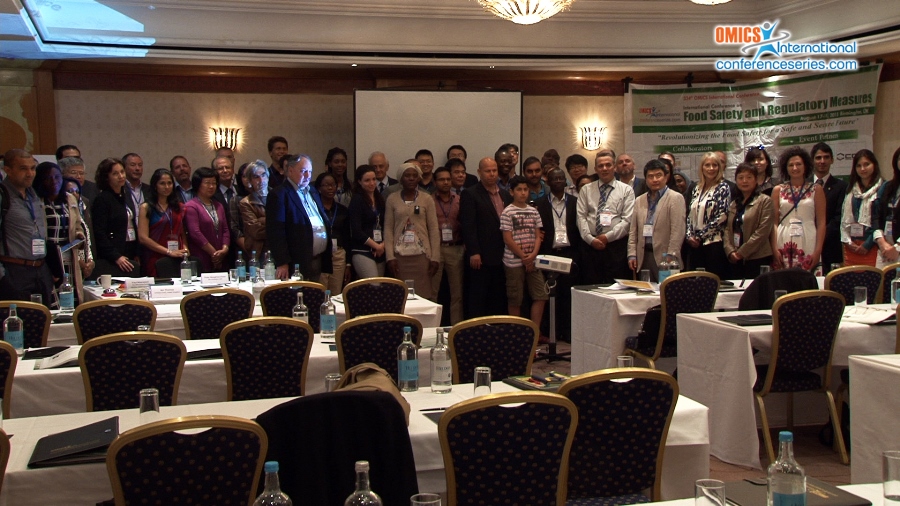
Thomas Bøhn
Genok- Centre for Biosafety
Norway
Title: Contamination of soy for food and feed by intended use of herbicides: The case of Roundup Ready GM soy
Biography
Biography: Thomas Bøhn
Abstract
Food and feed quality is crucial to human and animal health. Quality can be defined as nutritional sufficiency of minerals, vitamins and fats, etc. but it also includes the absence of toxins, whether man-made or from other sources. Surprisingly, almost no data exist in the peer-review literature on herbicide residues in herbicide tolerant genetically modified (GM) plants after close to 20 years on the market. In research recently published by our laboratory we collected soybean samples grown under three typical agricultural conditions: organic, GM, and conventional (but non-GM). The GM soybeans were resistant to the herbicide Roundup, whose active ingredient is glyphosate. We tested these samples for nutrients and elements as well as relevant pesticides including glyphosate and AMPA (its main breakdown product). All individual samples of GM-soy contained residues of both glyphosate and AMPA, on average 9.0 mg/kg. In contrast, no sample from the conventional or the organic soybeans showed residues of these chemicals. This demonstrates that Roundup Ready GM-soybeans sprayed during the growing season take up and accumulate glyphosate and AMPA. Further feeding studies in the model organism Daphnia magna indicate that these residues reduce the quality of the GM soy The case illustrates that the innovation of improved weed control, enabled by genetic engineering and herbicide tolerant plants, i.e. by spraying herbicides during the growing season, also include unwanted contamination of toxic chemicals from where it was meant to work – on weeds in the environment – to consumers around tables and in barns.
Speaker Presentations
Speaker PDFs
Speaker PPTs Click Here

